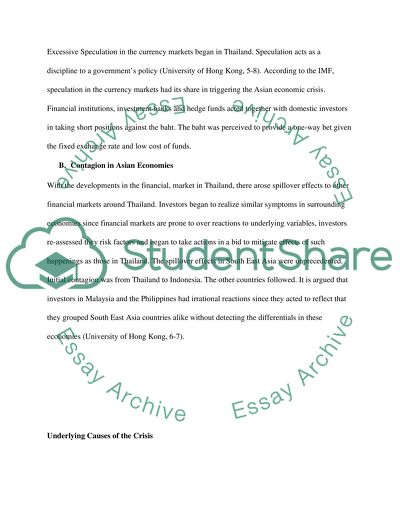Cite this document
(“Asian economic crisis: the initial stages of the crisis and the major Essay”, n.d.)
Retrieved from https://studentshare.org/macro-microeconomics/1395633-asian-economic-crisis
Retrieved from https://studentshare.org/macro-microeconomics/1395633-asian-economic-crisis
(Asian Economic Crisis: The Initial Stages of the Crisis and the Major Essay)
https://studentshare.org/macro-microeconomics/1395633-asian-economic-crisis.
https://studentshare.org/macro-microeconomics/1395633-asian-economic-crisis.
“Asian Economic Crisis: The Initial Stages of the Crisis and the Major Essay”, n.d. https://studentshare.org/macro-microeconomics/1395633-asian-economic-crisis.


